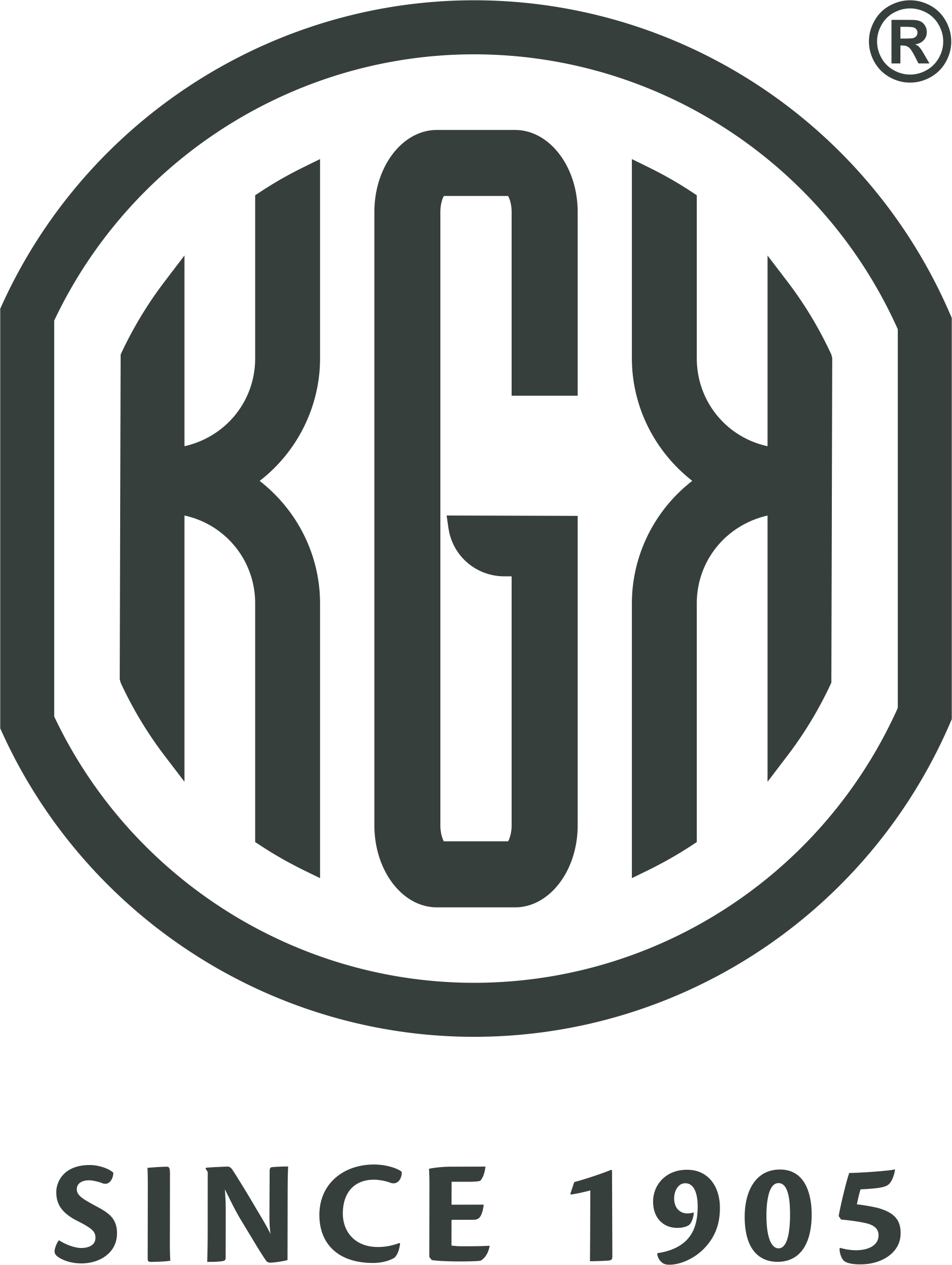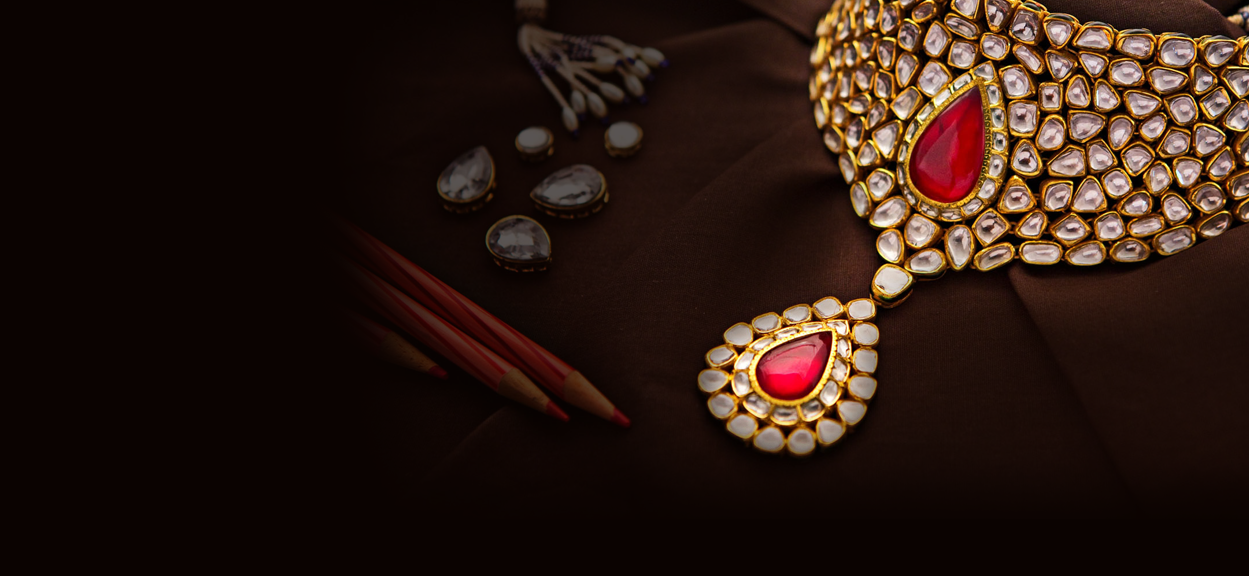Trends often come and go, but there are a few that always remain a classic no matter what time you are in. One such trend that is seeing quite a revival in the current time is the one of modernising and restoring heirloom jewellery. An old piece passed on through generations as ‘A Right to the passage,’ heirloom jewellery is often the pride of families, while also being a great symbol of the memories of a person who was once a part of people’s lives.
Repurposing, restoring, or refurbishing old jewellery has been a thing for people for a long time, especially in a country like India, where jewellery is a large part of family events and social life. While some jewellery is just exchanged for money, there are pieces that people often find it hard to part from. Thus, the unique solution of modernising or reviving an old piece of jewellery has been taking the crowd by a storm again.
As a retailer, what should you know about this trend, and how should you proceed if an opportunity shows up? This article details everything you should know about heirloom jewellery and its restoration.
Heirloom Jewellery: the Sentiment Attached
As far as family heirlooms go, jewellery stands on top of everything in terms of its importance and value. Jewellery is something that people hold really dear to them. When they are passed on to the next generation, their value gets appreciated, both in monetary terms and in sentimental value. This is why heritage and heirloom jewellery are considered highly valuable in the jewellery world.
But since most of these designs go out of vogue, or the current owners do not find them to go with their style and appearance, they look for either modernising it or repurposing it.
What Can You Do As A Jeweller?
Some of the most common processes that you can expect to perform while working with heirloom pieces can be any of the following.
- A new way to wear it :
You can make some really small tweaks to jewellery and repurpose it to be worn in a new way. A necklace can become a bracelet, and a brooch can become a beautiful and decorative hair ornament. - Reimagine :
Smaller, fragile, flimsier pieces can be reused with a little imagination. - 1 Large jewellery into several small ones :
You can take old jewellery for its metal & stones and use them all up in other smaller pieces. You can easily break up an old heavy necklace to make ring, earrings, and bracelets using its stones & metal. - Change the Metal :
Maybe remaking something in rose gold is a good idea? - Sapphires in Madagascar
While the normal colour associated with Sapphire is blue, the real storm came towards the end of the 20th century. In 1998, the town of Ilakaka in Madagascar saw the largest ever rush for the rare variety of Pink Sapphires that were only recently discovered in the region. Even today, the pink sapphires are considered a rare occurrence and cost a significant amount. - Tuning Up :
Sometimes, maybe a little cleaning and redoing the joints is what all a jewellery needs. Though precious metals don’t react to anything, years of use (or the lack thereof) may cause a deposit on them, which can take away their lustre. A simple touch up and the jewellery can look as good as new.
Having said that, knowing well in advance about what you are getting into will be really helpful. Old metals can be tricky to work with & not having proper paperwork, or goldsmith’s notes may prove to be fatal for the jewellery. Inspecting a piece of jewellery in front of the owners may also be a great start in order to be upfront about the condition of the piece.
Jewellery is a part of the Indian tradition and will always be for many coming generations, which is why people often buy jewellery very carefully. If you wish to influence their jewellery buying decision, then quality is key. As one of the top 10 jewellery manufacturers in India, KGK Group is proud to extend a helping hand to your business. For more information and trading options with KGK Group, get in touch with one of our experts today.









